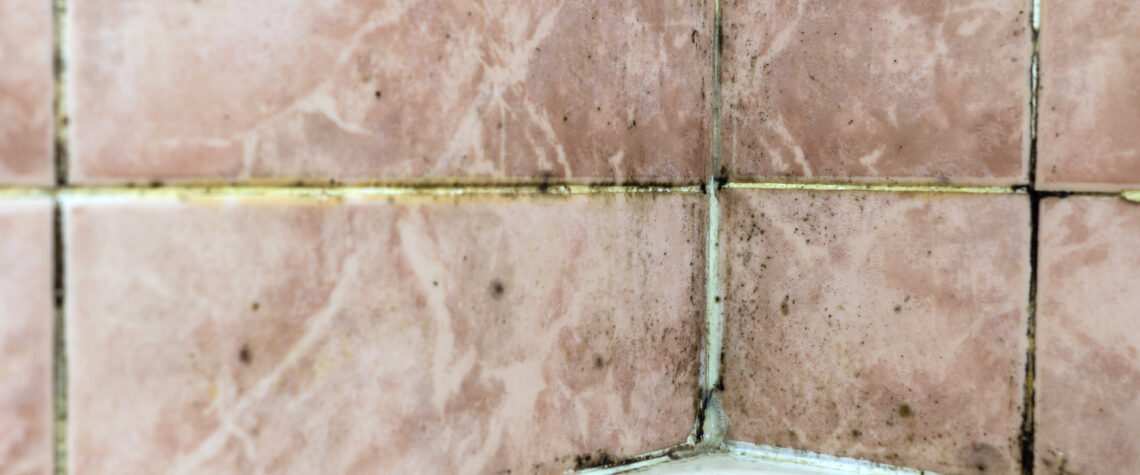In the quiet corners of our homes, mold often lurks unnoticed, a silent intruder that can have profound effects on our health. While it may seem innocuous at first glance, mold carries with it a host of health risks, especially when left unchecked. In this comprehensive exploration, we’ll delve into the various ways mold can impact our health and provide actionable steps to mitigate its effects, ensuring safer and healthier living environments for all.
Understanding Mold:
Mold, a type of fungus, thrives in warm, damp environments, making our homes an ideal breeding ground. It reproduces by releasing tiny spores into the air, which can settle and grow on surfaces if conditions are favorable. While mold plays a vital role in breaking down organic matter in the environment, its presence indoors can lead to a myriad of health issues.
Health Effects of Mold:
Exposure to mold can manifest in various health problems, ranging from mild allergic reactions to more severe respiratory and neurological disorders. Here are some of the common health effects associated with mold exposure:
Respiratory Issues: Mold spores can trigger allergic reactions and exacerbate symptoms in individuals with pre-existing respiratory conditions such as asthma or chronic bronchitis. Symptoms may include coughing, wheezing, chest tightness, and shortness of breath.
Allergic Reactions: Mold is a potent allergen, capable of inducing allergic reactions in susceptible individuals. Symptoms may include sneezing, runny or congested nose, itchy eyes, and skin irritation.
Infections: Certain types of mold, such as black mold (Stachybotrys chartarum), produce mycotoxins that can cause infections when inhaled or ingested. These infections can affect the respiratory system, skin, or internal organs, posing serious health risks.
Neurological Symptoms: Prolonged exposure to mold toxins has been linked to neurological symptoms such as headaches, difficulty concentrating, memory loss, and fatigue. While the exact mechanisms are still being studied, the neurotoxic effects of mold toxins are a cause for concern.
Immunological Effects: Mold exposure can suppress the immune system, making individuals more susceptible to infections and other illnesses. This can have far-reaching consequences, particularly for immunocompromised individuals who are already at higher risk.
Preventing Mold Exposure
Prevention is key when it comes to mitigating the health risks associated with mold exposure. By taking proactive measures to prevent mold growth and minimize exposure, we can create safer indoor environments for ourselves and our families. Here are some effective strategies:
Maintain Optimal Humidity Levels: Keep indoor humidity levels below 60% to discourage mold growth. Use dehumidifiers in areas prone to moisture buildup, such as bathrooms, basements, and kitchens.
Address Water Leaks Promptly: Repair any leaks in plumbing, roofs, or windows as soon as they are detected. Moisture from leaks can create ideal conditions for mold growth if left unchecked.
Improve Ventilation: Ensure proper ventilation in bathrooms, kitchens, and laundry rooms to allow moisture to escape. Use exhaust fans or open windows when cooking, showering, or doing laundry.
Use Mold-Resistant Materials: When renovating or building, opt for mold-resistant materials such as mold-resistant drywall, paints, and insulation. These materials are designed to inhibit mold growth, reducing the likelihood of infestations.
Clean and Dry Affected Areas: If mold does develop, clean and dry the affected areas promptly using appropriate cleaning solutions and techniques. Ensure thorough drying to prevent mold from returning.
Long-Term Health Risks:
While the immediate health effects of mold exposure are concerning, long-term exposure can pose even greater risks. Chronic exposure to mold has been linked to the development of serious health conditions such as respiratory diseases, asthma, pulmonary fibrosis, immune system dysfunction, and neurological disorders. Vulnerable populations such as children, the elderly, and immunocompromised individuals are particularly at risk and should take extra precautions to minimize exposure.
The Bottom Line
Mold may be a silent intruder, but its impact on our health is anything but silent. By understanding the health effects of mold exposure and implementing preventive measures, we can create healthier indoor environments for ourselves and our loved ones. From maintaining optimal humidity levels to promptly addressing water leaks, every step taken toward mold prevention is a step toward better health and well-being. At Frontier Foundation & Crawl Space Repair, we can stop the source of mold: water. Contact us today for a free, no-obligation inspection and estimate!
Hannah Moulton, Content Marketing Specialist – www.trustfrontier.com













